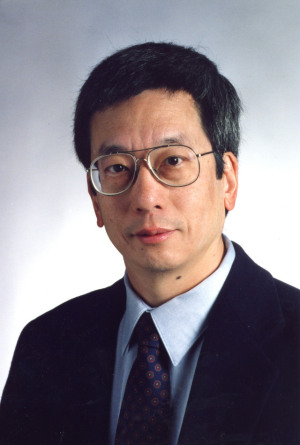by
Joan Trombetti, Writer | October 21, 2008
Molecular imaging researcher Roger Tsien, Ph.D., has been awarded the 2008 Nobel Prize in Chemistry.
Tsien and colleagues in his UCSD laboratory have engineered mutations of the original green fluorescing proteins that make jellyfish and corals glow in the dark. Tsien helped demonstrate that the fluorescing molecules could pass through the membranes of targeted cells to monitor and image several molecular processes simultaneously without disrupting cellular functions. To boast their versatility, Tsien developed a color palette of fluorescing molecular dyes ranging from ruby reds to banana yellows for various applications.
"We not only build protein molecules to send into cells, but we also teach cells to make their own dyes," Tsien said after learning about the Nobel award. "These proteins are trained from birth to be our eyes and ears inside the cells."



Ad Statistics
Times Displayed: 114080
Times Visited: 6783 MIT labs, experts in Multi-Vendor component level repair of: MRI Coils, RF amplifiers, Gradient Amplifiers Contrast Media Injectors. System repairs, sub-assembly repairs, component level repairs, refurbish/calibrate. info@mitlabsusa.com/+1 (305) 470-8013
The agents are often used in small animal optical imaging for molecular pharmaceutical research and to investigate genetic and proteomic processes associated with cancer. Tumors can be labeled directly with the fluorescent reporter genes. Their optical signature is used to assess tumor burden and micrometastatic tumor growth. In basic research, they are used to measure protein-to-protein interactions and to observe protein migration within cells.
Contag, an associate professor of pediatrics, radiology, and microbiology at Stanford University, developed in vivo optical imaging techniques based on genetically engineered small animals and Tsien's fluorescing dyes. The combination of the three technologies has been adopted for cancer-related pharmaceutical and imaging research.

